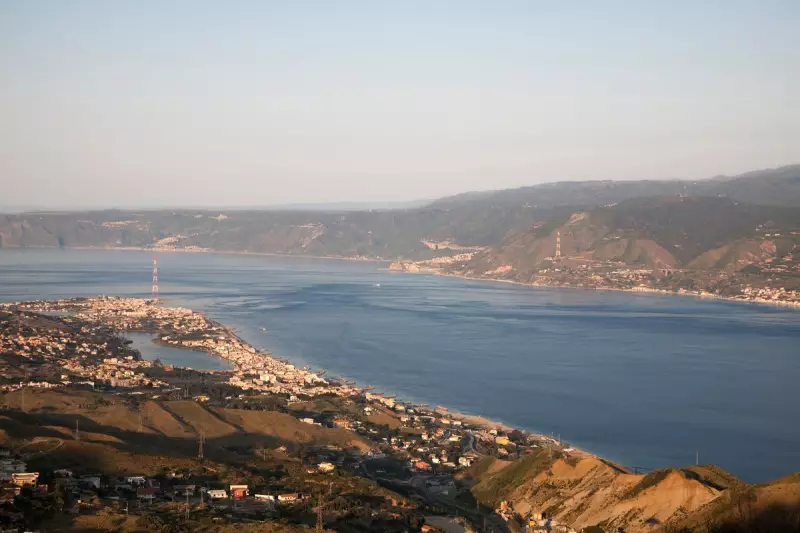
Italy is once again making headlines with its ambitious plan to build the world's longest suspension bridge, connecting the island of Sicily to the mainland. The proposed bridge, spanning the Messina Strait between Calabria and Sicily, aims to revolutionise travel and boost economic ties between the regions.
A Dream Decades in the Making
The idea of bridging the Messina Strait isn't new. Discussions about this monumental infrastructure project date back to the 1970s. However, political and financial hurdles have repeatedly delayed its realisation. Now, with renewed government support, the project appears closer than ever to becoming a reality.
Engineering Marvel in the Making
At an estimated length of 3.3 kilometres, the bridge would surpass Japan's Akashi Kaikyo Bridge as the world's longest suspension bridge. Engineers face significant challenges, including:
- Navigating one of Europe's most seismically active areas
- Accounting for strong winds and ocean currents in the strait
- Ensuring minimal environmental impact on this ecologically sensitive region
Economic and Social Benefits
Proponents argue the bridge would bring substantial benefits:
- Reducing travel time between Sicily and mainland Italy from hours to minutes
- Stimulating economic growth in southern Italy
- Creating thousands of jobs during construction and operation
- Enhancing tourism opportunities for both regions
Controversy and Concerns
Despite the potential advantages, the project faces criticism from environmental groups and some economists who question:
- The estimated €8.5 billion price tag
- Potential ecological damage to marine life
- Whether funds might be better spent improving existing infrastructure
The Italian government maintains that the bridge represents a strategic investment in the country's future, with construction potentially beginning as early as 2024 if all approvals are secured.





